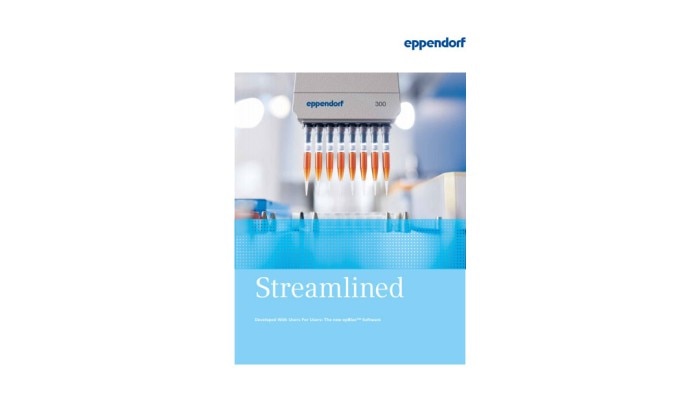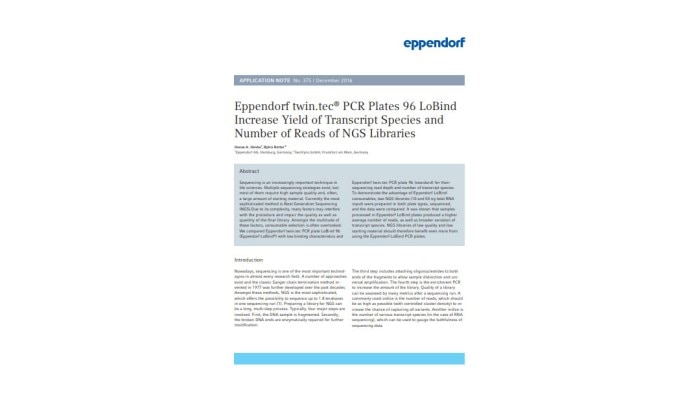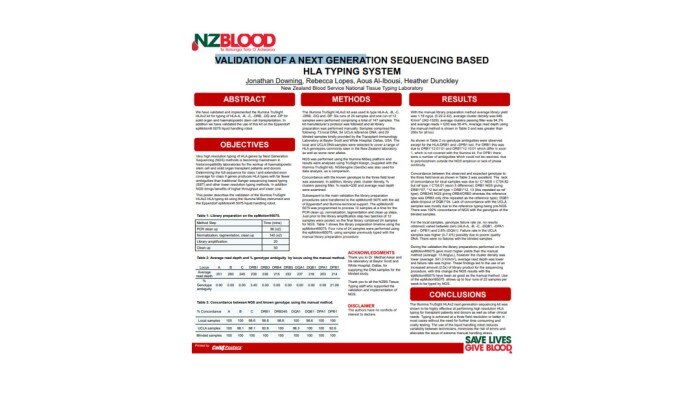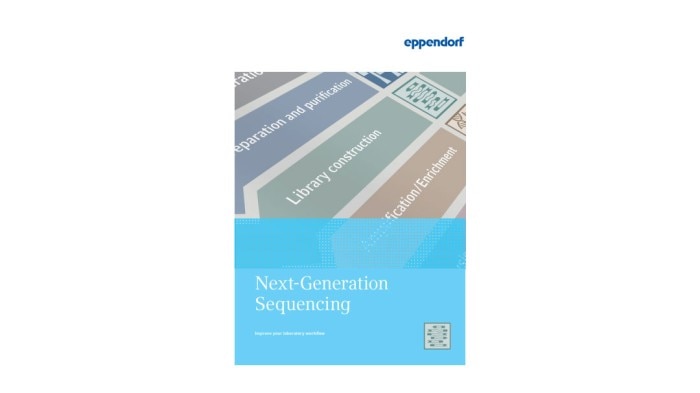MENU
DE | EUR
DE | EUR
-
- All Centrifuges
- Benchtop Centrifuges
- Floor-Standing Centrifuges
- Refrigerated Centrifuges
- Microcentrifuges
- Multipurpose Centrifuges
- High-Speed Centrifuges
- Ultracentrifuges
- Concentrator
- IVD Products
- High-Speed and Ultracentrifuge Consumables
- Centrifuge Tubes
- Centrifuge Plates
- Device Management Software
- Sample and Information Management
-
- All Pipettes, Dispensers & Automated Liquid Handlers
- Mechanical Pipettes
- Electronic Pipettes
- Multi-Channel Pipettes
- Positive Displacement Pipettes & Dispensers
- Pipette Tips
- Bottle-Top Dispensers
- Pipette Controllers
- Dispenser & Pipette Accessories
- Automated Pipetting
- Automation Consumables
- Automation Accessories
- Liquid Handler & Pipette Services
Sorry, we couldn't find anything on our website containing your search term.
Sorry, we couldn't find anything on our website containing your search term.
Next Generation Sequencing
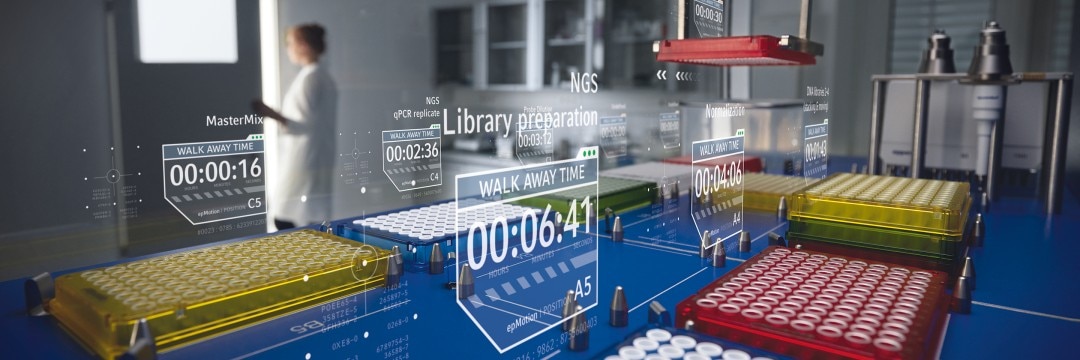
NGS library preparation
DNA sequencing is a method to decipher the base sequence in nucleic acids. The elucidation of the DNA sequence is essential for the understanding of virtually all biological processes e.g. human disease biology, inheritance, immunology, oncology, cellular biology. First generation sequencing devices use the capillary electrophoresis-based Sanger sequencing technique. The invention of the Next Generation Sequencing (NGS) technique massively improved the weaknesses of the 1st generation sequencing technique e.g. low throughput, scalability, speed, and resolution. NGS allows massive parallel sequencing which reduces the costs and increases the speed of DNA sequencing.Read more
Read less
Videos not loading, because cookies have been rejected. Change your

Read more
Read less

